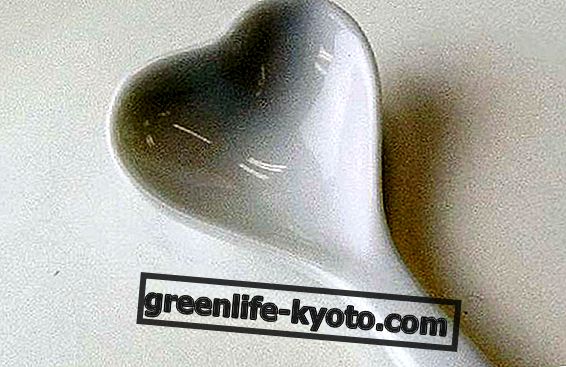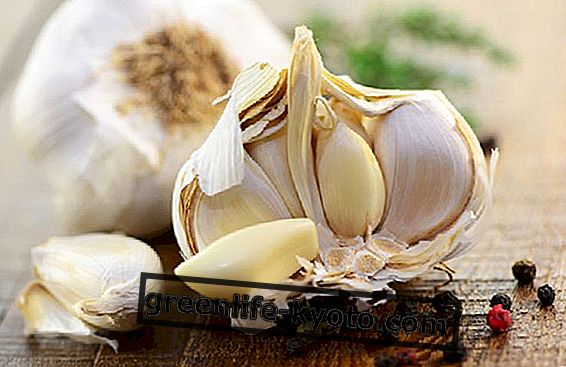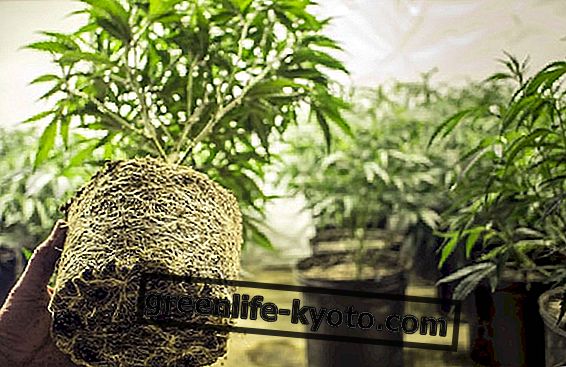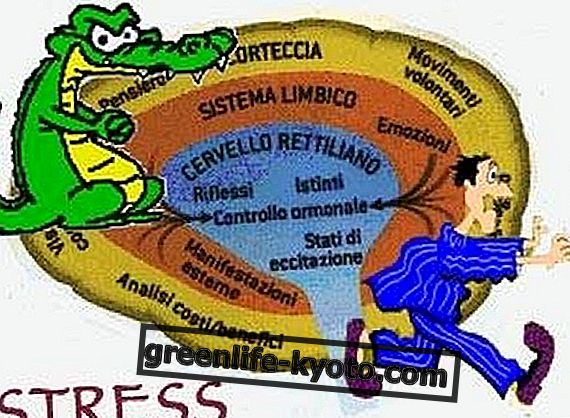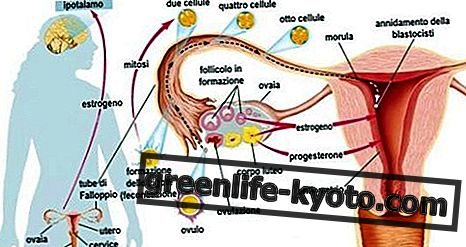
" Better to have it low than high, " my attending physician once told me. Even if, given the unpleasant symptoms, low blood pressure does not really fill our days with energy!
Let's take a step back: the blood pressure - or the force that the blood pumped by the heart exercises against the walls of the arteries - in adults, to be considered normal, must be less than 120/80 mmHg.
So we talk about low pressure or better hypotension when the pressure is less than 90/60 mmHg .
What to do with low blood pressure symptoms? How to intervene with food?
Low blood pressure symptoms
The human body has specialized receptors to monitor even minor changes in blood pressure : special cells in the arteries are able to warn if the pressure increases or decreases and can cause the body to return to normal.
For example, if you move too quickly from a lying to a standing position, the pressure can drop sharply, the cells feel the decrease and immediately activate so that the blood continues to flow to the brain, kidneys and other major organs. If, on the other hand, the body is unable to restore the correct blood pressure values, a permanent state of hypotension or low blood pressure may develop.
Some patients always have low blood pressure, they do not show any symptoms and for them it is a normal situation. For others, lowering blood pressure is abrupt and can be caused by certain different factors or diseases.
In these cases the typical symptoms of low blood pressure are:
> Sense of non-stability with vertigo or dizziness;
> blurred vision;
> fainting;
> palpitations,
> nausea;
> general sense of confusion;
> concentration problems;
> weakness, tiredness and a sense of mental confusion.
In the case of orthostatic hypotension, the symptoms occur a few seconds or minutes after standing up from a sitting or lying position; you can feel yourself on the verge of fainting or you can really faint. Another form of orthostatic hypotension, called postprandial hypotension, consists in the sudden drop in pressure after meals.
It mainly affects the elderly or those suffering from hypertension or central nervous system disorders, such as Parkinson's disease. After a meal, in fact, the intestine draws a large amount of blood for digestion and if the heart rate does not increase sufficiently to maintain pressure, it can decrease to cause symptoms.
Symptoms of orthostatic hypotension include :
> Dizziness or vertigo, nausea;
> confused vision;
> confusion, weakness.
In this case the symptoms disappear if you sit down or lie down for a few minutes, thus allowing the pressure to return to normal.
Low pressure: intervene with the power supply
Low pressure episodes are a common complaint especially in the summer season when the days are hot and when, paradoxically, those foods that can help alleviate the disorder are more available.
Let's find out which foods are suitable, which allow the supply of some mineral salts (potassium and magnesium) with a fundamental role in regulating the mechanisms of pressure:
> Salt, due to its high sodium intake.
> Bananas and dried apricots, due to their high intake of potassium.
> Whole grains and dried fruit especially almonds, due to their high magnesium content.
> Coffee, because it promotes the activity of the heart (it has a vasodilating action), increases the amplitude and the frequency of breathing.
> Green tea and dark chocolate, thanks to the presence of epicatechins, which regulate the flexibility of blood vessels.
> L quirizia : increases blood pressure thanks to the active ingredients contained in it (glycyrrhizin).
Advice for proper nutrition in case of low blood pressure:
> Make light meals;
> in case of heat, drink plenty of water, keep the amount of mineral salts in the diet high, stay cool and wash or pack cold water for a vasoconstriction effect;
> make balanced meals with low glycemic load. In fact, in addition to the heat, low blood pressure can be given by a glycemic decrease, that is, a rapid lowering of blood sugar.








